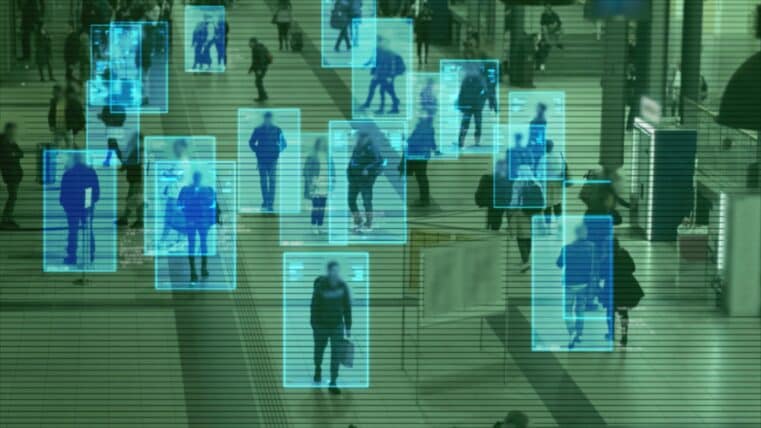
Your Bank Is Under Siege: 2024's Cyber Onslaught Exposes Cracks in the System
2024: The Year the Financial System Got Hacked Apart
The banking sector isn’t just broken—it’s bleeding. In 2024, cyberattacks tore through America's financial institutions like a buzzsaw through drywall, exposing the shocking fragility of the very system millions rely on to protect their life savings. Despite billions in so-called “cybersecurity investments,” the banks have failed to keep up with the pace of technological warfare. What we’re witnessing isn't just a string of isolated events—it's a systemic collapse in slow motion.
The Victims: Millions Caught in the Crossfire
Here’s just a snapshot of the digital carnage:
- LoanDepot: 16.9 million customers compromised.
- Evolve Bank & Trust: 7.6 million hit.
- FBCS: Another 4.2 million exposed.
These are not fringe players or small-time hacks—these are major institutions with deep pockets and even deeper promises of security. And yet, they're wide open. The numbers are damning: a 2024 report by SecurityScorecard found that 97% of the top 100 U.S. banks suffered third-party data breaches. This isn't bad luck. This is incompetence built on a crumbling infrastructure—layered with regulatory cowardice, underfunded defenses, and blind trust in outsourced tech.
AI Supercharges the Attackers—While Banks Fall Behind
The real kicker? These cyberattacks aren’t coming from some punk kid in a hoodie—they’re AI-enhanced, precision-engineered assaults. The rise of generative AI has given cybercriminals a massive advantage, allowing them to deploy hyper-personalized phishing schemes and breach even the most fortified digital perimeters. According to Accenture, 80% of bank cybersecurity leaders admit they’re falling behind AI-driven threats. They’re not even in the same fight anymore.
The Watchdogs Are Compromised
Meanwhile, the regulators meant to oversee this mess? Compromised. The Office of the Comptroller of the Currency—yes, the federal watchdog—is itself leaking data after a major email breach. Banks, already paranoid, are now refusing to share critical threat information with the OCC. When the referee gets knocked out, the game turns into a brawl—and you can guess who ends up bruised.
Small Banks, Big Risk
Smaller banks are even worse off. Community institutions can’t afford elite cybersecurity teams, leaving local depositors dangerously exposed. The old idea that a small, friendly neighborhood bank is safer? Outdated fantasy. They’re often the softest targets.
Too Little, Too Late: The Experts’ Empty Advice
Experts are trying to save face with their usual prescriptions: “vet third-party vendors,” “adopt advanced AI solutions,” and “comply with regulatory standards.” But let’s not kid ourselves. You can’t patch a system this broken—you have to walk away from it.
Take Back Control Before It's Too Late
The banking industry has become a bloated, overregulated, undersecured monster. If you’re still storing your wealth in a system this exposed, you’re betting your financial future on a roulette wheel that’s spinning faster every day.
It’s time to act—now. Bill Brocius has laid out the blueprint in his free eBook, 7 Steps to Protect Your Account from Bank Failure. This isn’t just theory—it’s battle-tested, boots-on-the-ground strategy from a man who saw this cyber-collapse coming years ago.
👉 Download your free copy here
And if you want the full playbook—the insider knowledge the banks hope you never see—join Bill’s Inner Circle newsletter for just $19.95. It’s your lifeline to real financial independence.
Because the next breach isn’t a question of if—it’s when.











